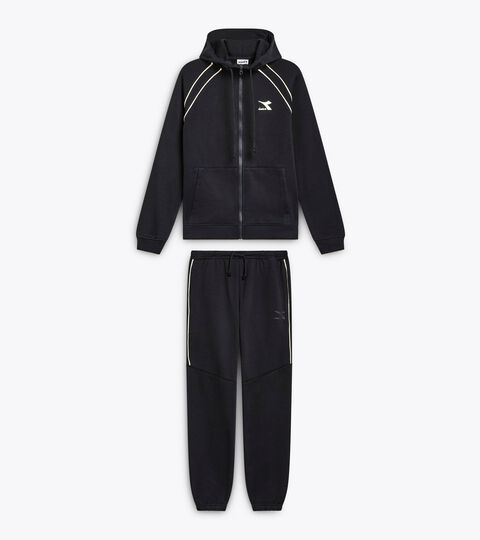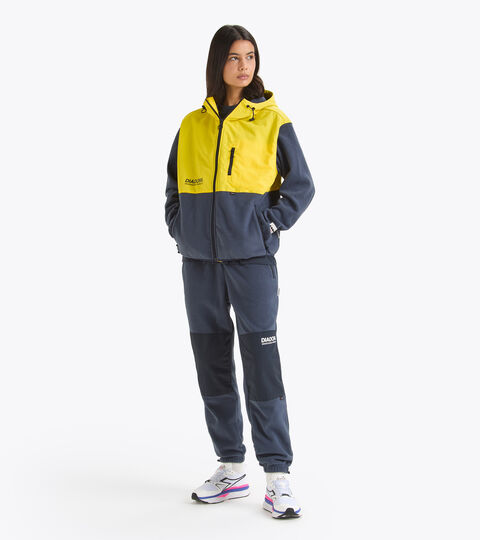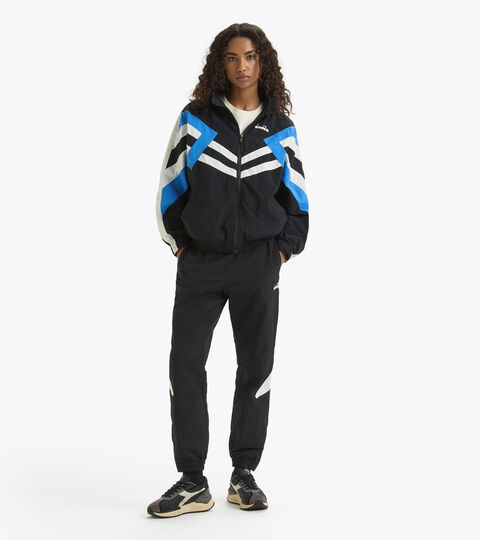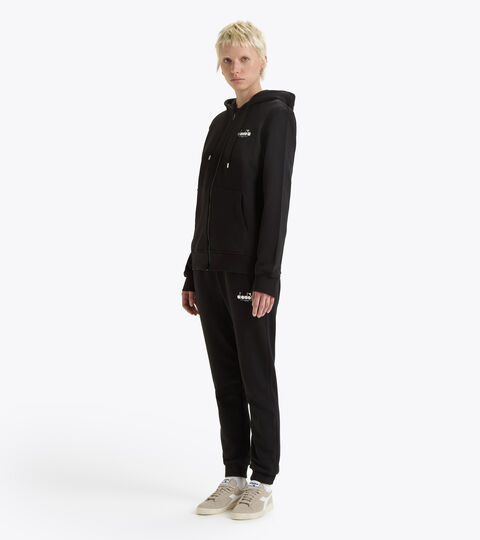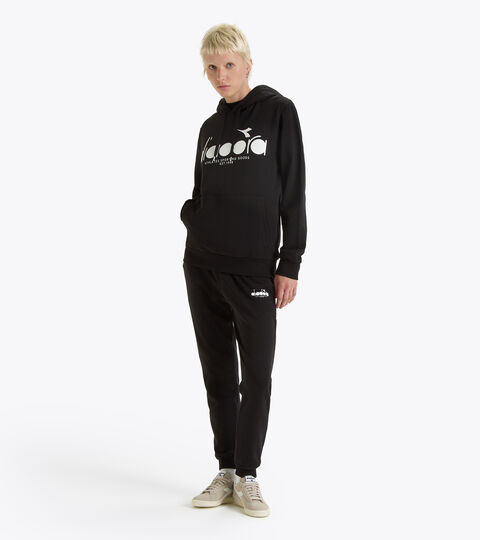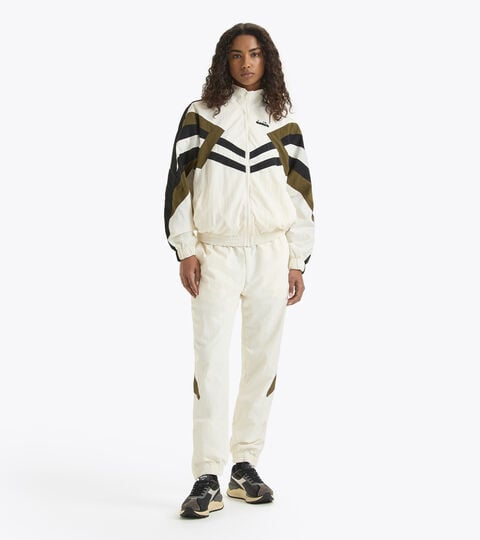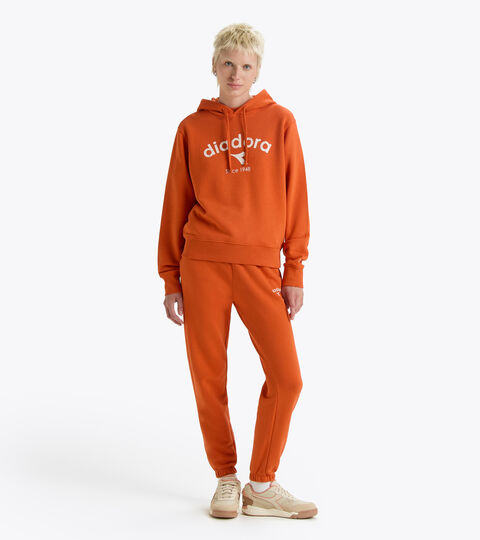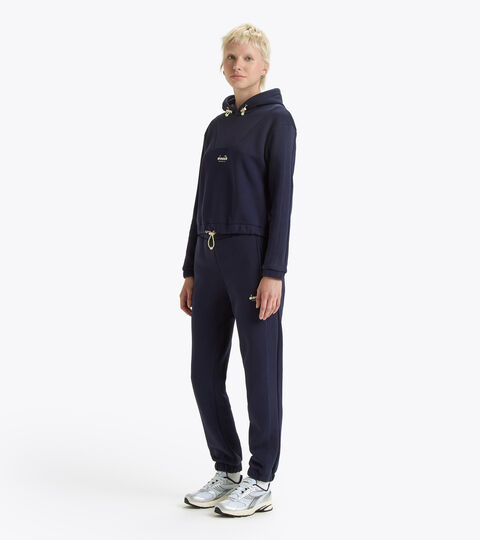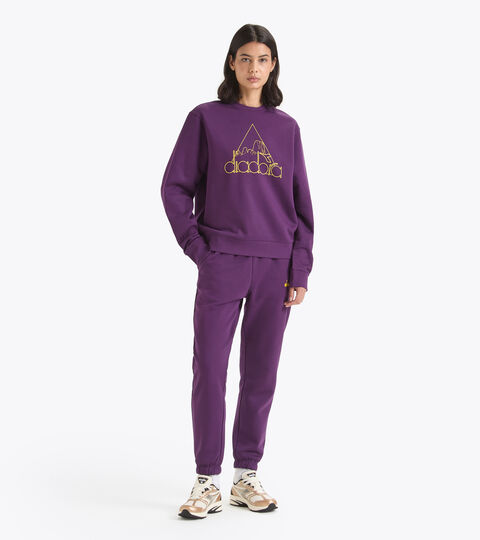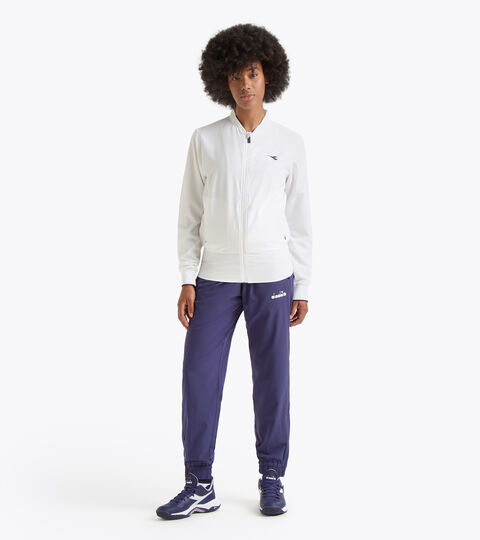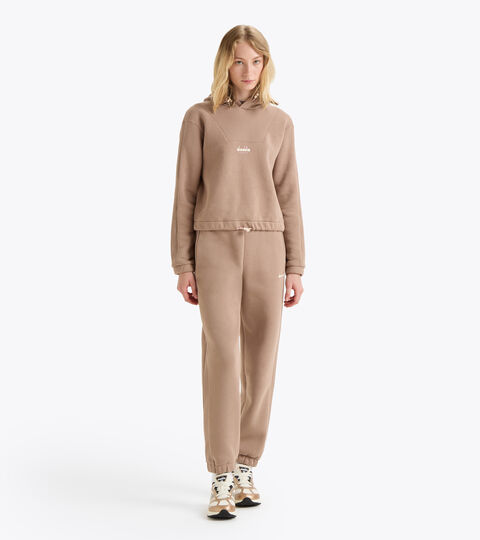Women's Tracksuits
(23 Results)Time Out
You can select up to 3 products
L. SHERPA LEGACY TRACKSUIT high visibility - Coordinated tracksuit - Women's
L. LEGACY TRACKSUIT black - Lifestyle tracksuit - Comfort fit - Made in Italy - Women
L. FULL-ZIP HOODIE LOGO TRACKSUIT black - Coordinated tracksuit - Women's
L. HALF ZIP SWEATSHIRT LEGACY TRACKSUIT white alyssum - Coordinated tracksuit - Women's
L. HALF ZIP SWEATSHIRT LEGACY TRACKSUIT blue denim - Coordinated tracksuit - Women's
L. HOODIE LOGO TRACKSUIT black - Coordinated tracksuit - Women's
L. FULL-ZIP HOODIE LOGO TRACKSUIT aventurine - Coordinated tracksuit - Women's
L. SWEATSHIRT ROUTE TRACKSUIT black - Coordinated tracksuit - Women's
L. SHERPA LEGACY TRACKSUIT blue denim - Coordinated tracksuit - Women's
L. SWEATSHIRT ROUTE TRACKSUIT blue denim - Coordinated tracksuit - Women's
L. LEGACY TRACKSUIT whisper white - Lifestyle tracksuit - Comfort fit - Made in Italy - Women
L. HOODIE ATHLETIC LOGO TRACKSUIT pureed pumpkin - Coordinated tracksuit - Women's
L. SWEATSHIRT ATHLETIC LOGO TRACKSUIT pureed pumpkin - Coordinated tracksuit - Women's
L. HOODIE ATHLETIC LOGO TRACKSUIT classic navy - Coordinated tracksuit - Women's
L. SWEATSHIRT ROUTE TRACKSUIT violet jewel - Coordinated tracksuit - Women's
L. TENNIS TRACKSUIT - Coordinated tracksuit - Women's
L. SWEATSHIRT ATHLETIC LOGO TRACKSUIT light brown hazelnut - Coordinated tracksuit - Women's
L. HOODIE ATHLETIC LOGO TRACKSUIT light brown hazelnut - Coordinated tracksuit - Women's
L. SWEATSHIRT ROUTE TRACKSUIT white alyssum - Coordinated tracksuit - Women's
L. HOODIE ATHLETIC LOGO TRACKSUIT light brown hazelnut - Coordinated tracksuit - Women's
Women's Tracksuits and Dresses
Log in to your profile
Save your addresses and payment methods, review your orders and manage your wish list.
Or log in via
Join the Diadora Club
Register to discover all the advantages reserved for registered users:
Register
